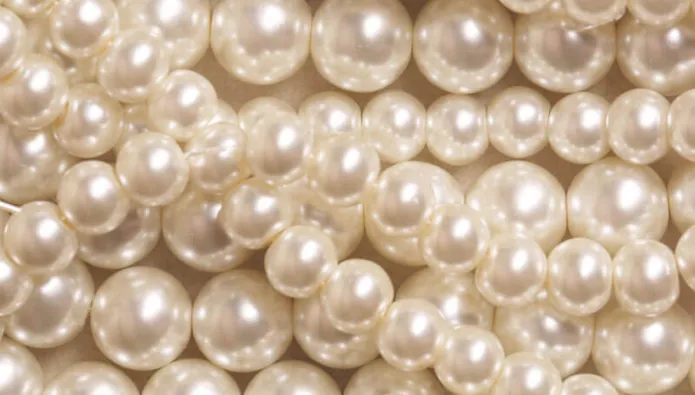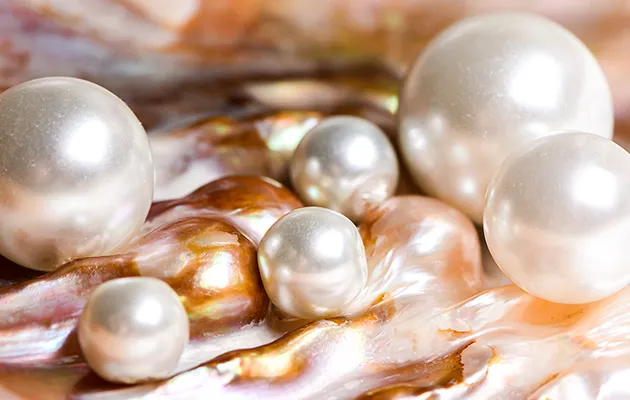how are pearls made 1
When foreign objects such as sand or parasites accidentally enter the body of shellfish (such as oysters and clams), or when the shellfish’s own tissues are damaged, the shellfish’s mantle (a layer of tissue on the edge of the soft body) will activate its defense mechanism. The shell will feel uncomfortable and quickly secrete a substance called nacre (mainly a mixture of calcium carbonate crystals and organic matter) to wrap up the foreign objects.
how are pearls made 2
The shell continuously secretes nacre, layer by layer, to wrap the foreign body. As time goes by, the nacre layer becomes thicker and thicker, and the foreign body becomes a smooth and round pearl. Generally, after a few months to a few years, the pearl will slowly grow into the beautiful shape we see, and can be collected by humans for use as jewelry. Natural pearls are not artificially intervened, the number is very rare, and the price is relatively expensive.
how are pearls made 3
The types of pearls vary according to the region;
Seawater shellfish (such as Pinctada maxima and Martensii): produce South Sea pearls, Tahitian black pearls, etc., with thick nacre and strong luster.
Freshwater shellfish (such as Hylobates quinquefasciatus): produce freshwater pearls of various shapes and rich colors (white, pink, purple, etc.).
Environmental conditions
Water temperature, water quality, microorganisms, etc. affect the secretion speed and composition of nacre, which in turn determines the color and luster of pearls. For example, the dark color of Tahitian black pearls comes from the copper-containing pigments secreted by black lip shellfish.
Formation time
The longer the time, the thicker the nacre and the warmer the luster, but the shellfish may die or expel the pearls midway.


